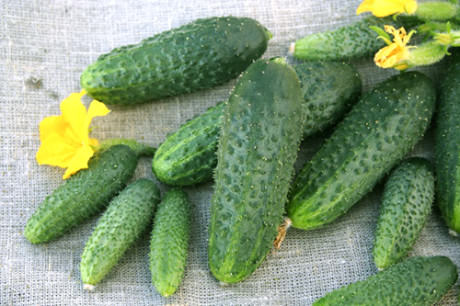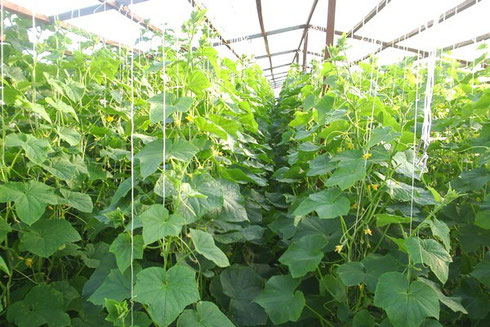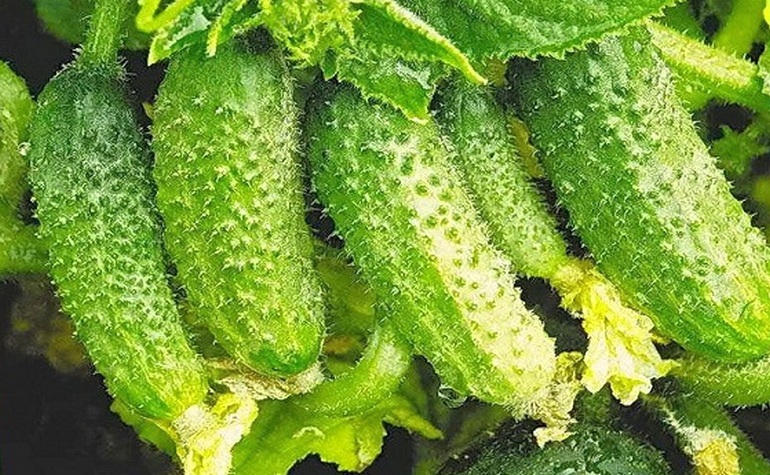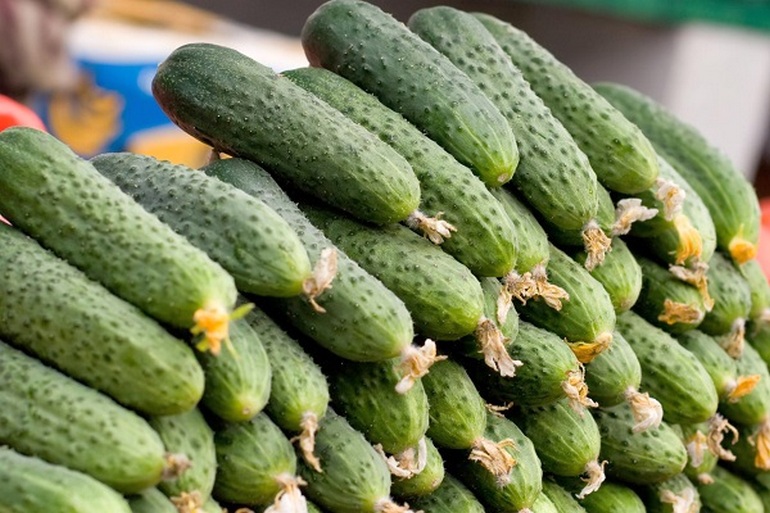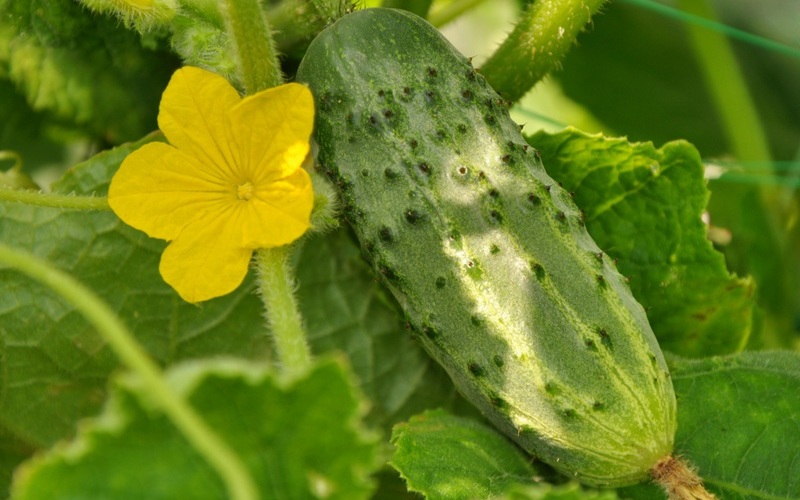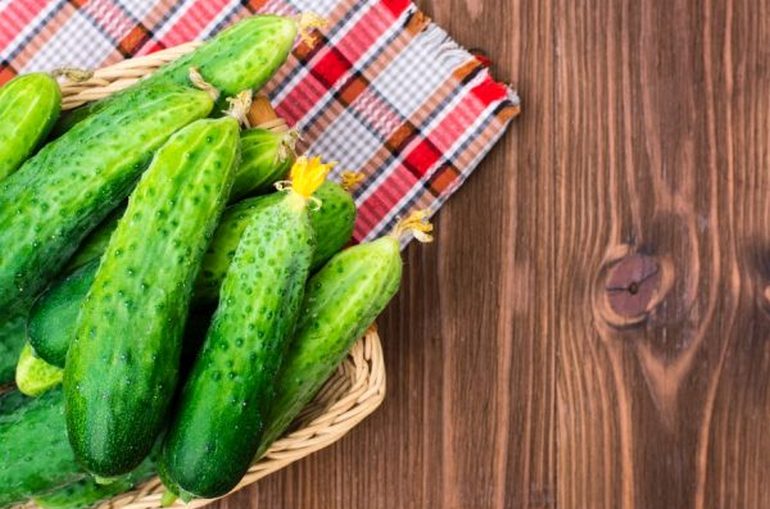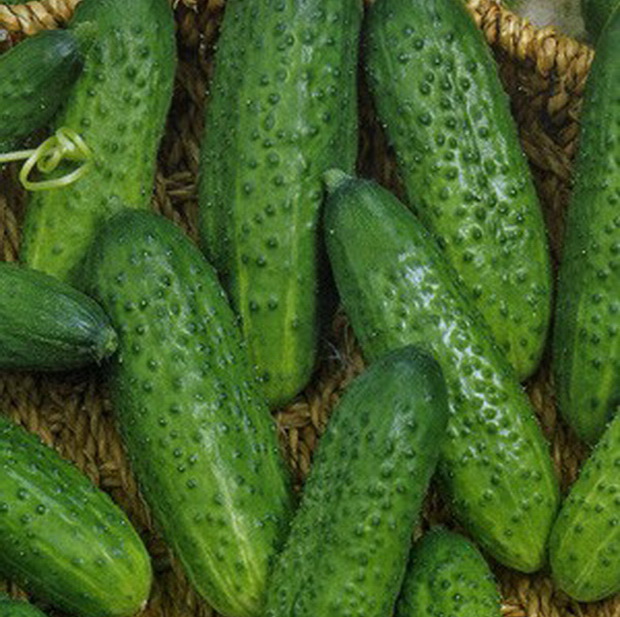Cucumber Shchedryk f1 is an early ripening hybrid variety. Bred by Russian breeders as a greenhouse, but it also bears fruit well in open soil.
Description
Characteristics of Shchedryk cucumbers:
- Early ripe. It takes about 45 days from germination to fruiting;
- Self-pollinating;
- Indeterminate;
- With a lot of leaves on the stem;
- Disease resistant;
- Universal purpose;
- Well stored and transported;
- Does not taste bitter or yellow when overgrown;
- Bouquet type - several fruits are tied in the leaf axils at once.
Fruits are cylindrical, weighing about 100 grams, up to 12 cm long, up to 4 cm in diameter. Medium tuberous. Skin color is dark green with white streaks. Thorns are light. The core is dense, not bitter (genetically). The seeds are small. The yield of the variety is up to 7 kg.
Advantages of the cucumber Schedrik F1: early ripening, bunched set of ovaries, long-term fruiting (before cold weather), excellent taste both fresh and canned.
They love a lot of light, warmth, constantly moist soil, calmness. Root breakage is poorly tolerated.
Agricultural technology of cultivation
The cultivation technology of this variety is no different from the generally accepted one. Seeds are sown in rows in well-moistened soil (substrate) and covered with foil to retain moisture. Shoots appear 5-10 days after planting. After a month after the emergence of seedlings, cucumbers begin to bloom, and after a two-week period after flowering, the first greenery is tied. They love high humidity, so the plants are watered daily with a little warm water.
If there is a problem with the formation of a large number of barren flowers, it is advised to pinch the growth point of the plant, thus stimulating the growth of lateral stems, on which other ovaries will form. For the convenience of care and harvesting, cucumbers are tied up.
In order to stimulate the growth of the main stem and increase the yield, it is recommended to pinch and blind the plant stem. Patching is the removal of all lateral shoots formed in the knots of the lashes, leaving the ovaries formed there, and in the second, the removal of both the ovaries and stepsons. It is recommended to dazzle only the first 3-4 nodes, so that young plants are not depleted, and in the remaining nodes only stepchildren are removed.
Treatment against diseases and pests
The main pest of cucumbers is aphids. In the fight against it, it is preferable to use biological products, folk methods. It is very effective to treat affected leaves with ash. It is recommended to subject plants to processing with biological products:
- after emergence;
- when planting seedlings;
- during flowering;
- when the first signs of the disease appear.
It is worth noting that cucumber tops age quickly. Begins to turn yellow, hurt. Gardeners practice re-sowing cucumbers in the middle of summer.
When creating the optimal conditions indicated above, a good yield of cucumbers of the Shchedrik F1 variety is ensured.
